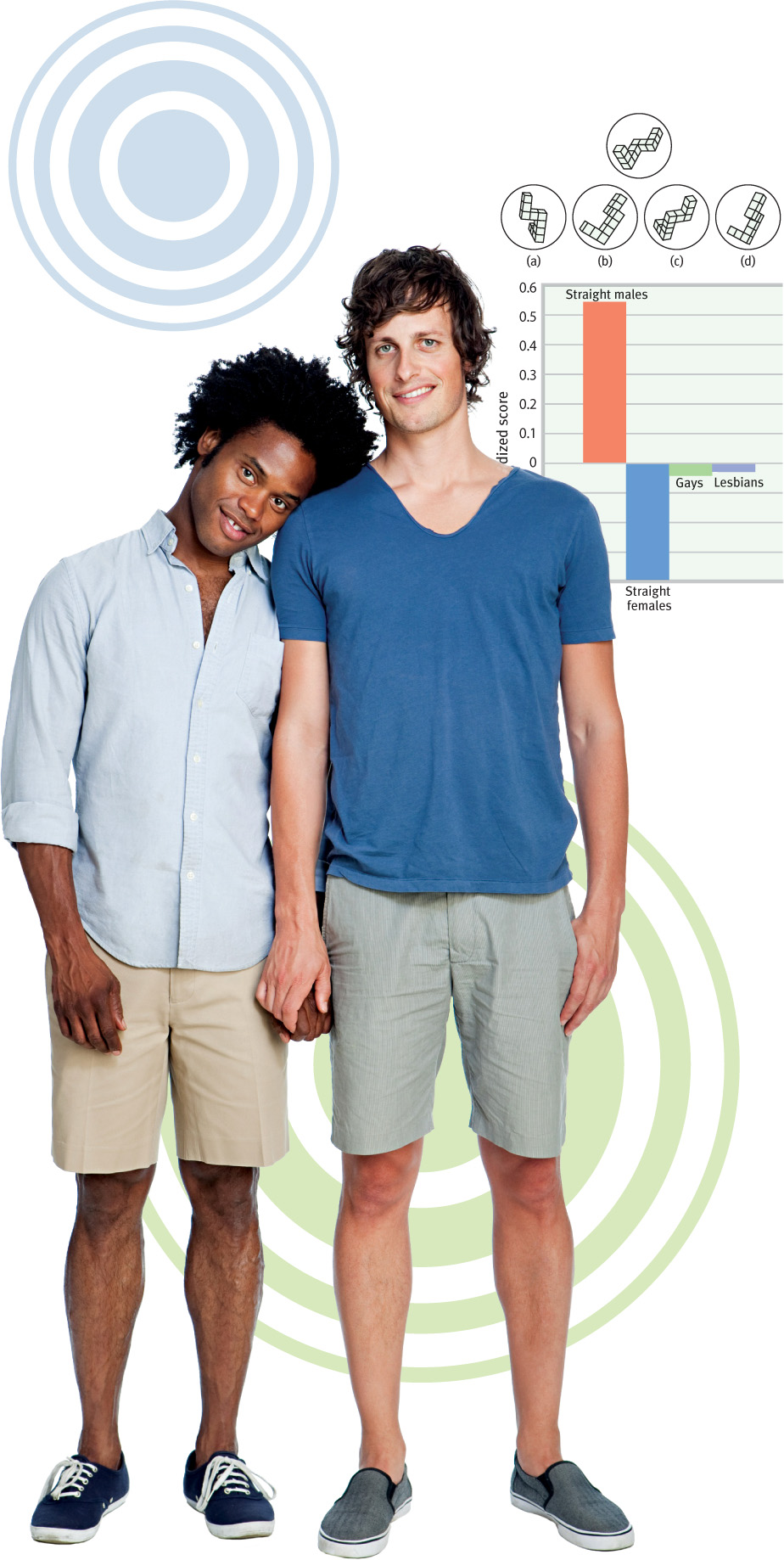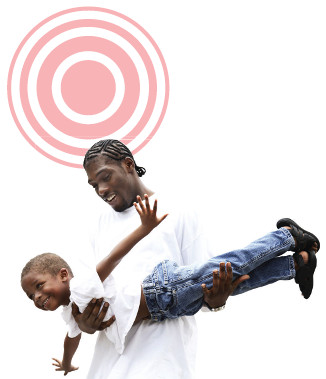106


Gender Development- How Are We Alike? How Do We Differ?
- The Nature of Gender: Our Biological Sex
- The Nurture of Gender: Our Culture and Experiences
- How Are We Alike? How Do We Differ?

Human Sexuality- The Physiology of Sex
- The Psychology of Sex
- CLOSE-UP: The Sexualization of Girls
- The Physiology of Sex

Sexual Orientation: Why Do We Differ?- Environment and Sexual Orientation
- Biology and Sexual Orientation
- Environment and Sexual Orientation

An Evolutionary Explanation of Human Sexuality- Gender Differences in Sexuality
- Natural Selection and Mating Preferences
- Critiquing the Evolutionary Perspective
- Gender Differences in Sexuality

Reflections on Gender, Sexuality,
and Nature–Nurture Interaction- CLOSE-UP: For Those Troubled by the Scientific
Understanding of Human Origins
- CLOSE-UP: For Those Troubled by the Scientific
| 4 | Gender and Sexuality |

|
107

A note to our readers: I am delighted to welcome Nathan DeWall as co-author for this edition of Psychology in Everyday Life. He led our shared revision work for this chapter and three others (Chapter 10, Chapter 11, and Chapter 14).
Cultures change, and their ideas about gender change also. Several decades apart, this text’s two authors had similar experiences with different outcomes.
In 1972, as the young chair of our psychology department, I [DM] was proud to make the announcement: We had concluded our search for a new colleague. We had found just who we were looking for—a bright, warm, enthusiastic woman about to receive her Ph.D. in developmental psychology. The vote was unanimous. Alas, our aging chancellor rejected our recommendation. “As a mother of a preschooler,” he said, “she should be home with her child, not working full time.” No amount of pleading or arguing (for example, that it might be possible to parent a child while employed) could change his mind. So, with a heavy heart, I drove to her city to explain, face to face, my embarrassment in being able to offer her only a temporary position.

This case ended well. She accepted the temporary position and quickly became a beloved, tenured colleague. She also went on to found our college’s women’s studies program. Today, she and I marvel at how swiftly our culture’s thinking about gender has changed.
In 2011, I [ND] experienced something quite different. We, too, were concluding our search for a new colleague. Our department faculty had assessed several candidates, and the top two vote-getters were a man and a woman. Our faculty hiring committee would make the final choice. Before they announced their decision, a senior committee member spoke out. “Look around the table. We’re all men. We need to consider that.” The accomplished woman was offered the position.
Our ideas about the “proper” behavior for women and men have undergone an extreme makeover. More and more women work in formerly male-dominated professions, and more and more men work in formerly female-dominated professions (England, 2010). Yet women still earn less than men. Women continue to struggle to reach the top of the ladder. In 2011, only 2 percent of the chief executives of Fortune 500 companies were women. And expectant parents in many cultures still hope for a son. Nevertheless, our views of women and men continue to evolve.
In this chapter, we’ll consider some ways nature and nurture interact to form our unique gender identities. We’ll see what researchers tell us about how alike we are as males and females, and how and why we differ. And we’ll gain insight from psychological science about the psychology and biology of sexual attraction and sexual intimacy. As part of the journey, we’ll see how evolutionary psychologists explain our sexuality.
Let’s start at the beginning. What is gender, and how does it develop?
108